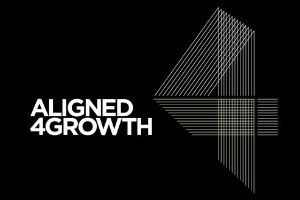Almost every business today faces major strategic challenges. In a survey conducted by Strategy &, PwC’s strategy consulting business, majority of the respondents think that they do not have a winning strategy. In another survey, the majority concedes that they are missing out on major opportunities in the market. These are happening not only due to external forces. These are the outcome of the way most companies are managed. There is a significant and unnecessary gap between strategy and execution. There is a lack of connection between where the business aims to go and what it can accomplish.
The 5 Leadership practices of a Capabilities-Driven Strategy is an appealing approach that feels very rewarding. Even taking a few steps in this direction can boost companies energy and morale.
Conventional Management does not work – it violates most of the tenets of Management.
Approach to Strategy – Conventional
Most conventional management practices have developed through trial and error. This often does not have a direct link to a company’s Corporate Strategy.

Approach to Strategy – Capabilities-Driven Strategy
In Capabilities-Driven Strategy, distinct capabilities are used as a Competitive Advantage. Successful companies follow a similar path—a path of 5 unconventional acts. While this path may not be the only path to success, it is the only path that provides long-term sustainable success.

The 5 unconventional acts of management practices represent an approach to strategy that helps companies achieve sustained success.
When leaders practice the 5 Leadership Practices of Capabilities Driven Strategy, they are at their personal best. They model the way, inspire a shared vision, and enable others to act.
Not building a clear identity opens the company to the risk of being scattered among a variety of objectives. When the focus changes based on demand, distinct capabilities are not built and you only get to play in the market and not win it.
When the company cannot focus on a few capabilities, it has to rely on existing functions to achieve strategic goals. They risk becoming a company that perennially promises great things but cannot deliver.
Not building a solid culture will make people feel trapped and disengaged. New strategies may fail because people do not believe that they will last.
When a company is unable to manage costs, they neglect the parts of the company that matter the most. Their critical capabilities lose support, weakens, and eventually loses its strength to oblivion.
When we cannot shape our future, we fall behind competitors that have shaped theirs. The opportunity to be influential is lost and become dependent on companies that are more coherent and are dominant in the industry.
How are you approaching strategy development for next-level growth? Are you leveraging and building distinctive capabilities and leadership to ensure you have a winning advantage?
Contact us to find out how we can help you get there – faster!


Recent Comments